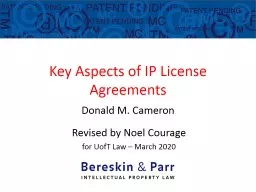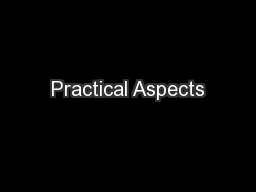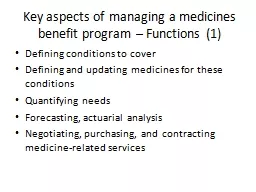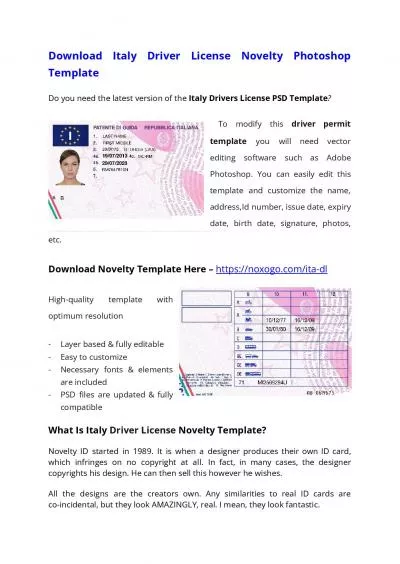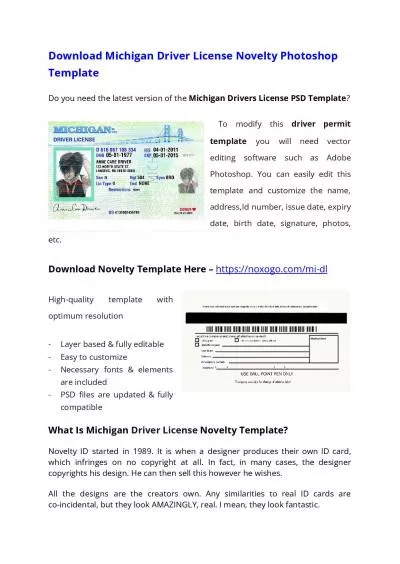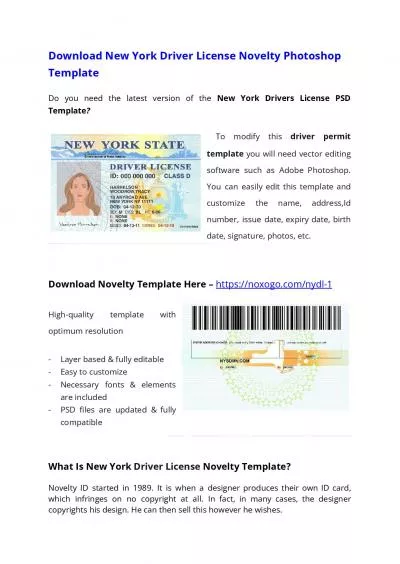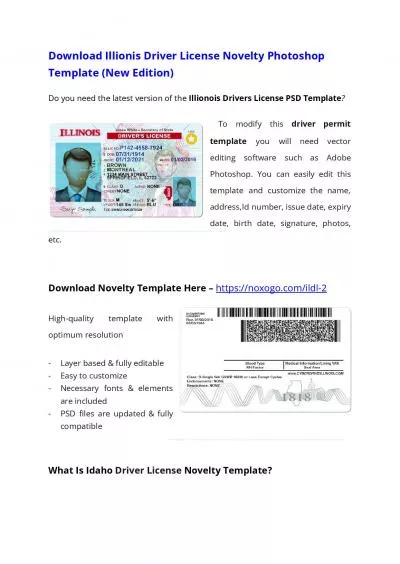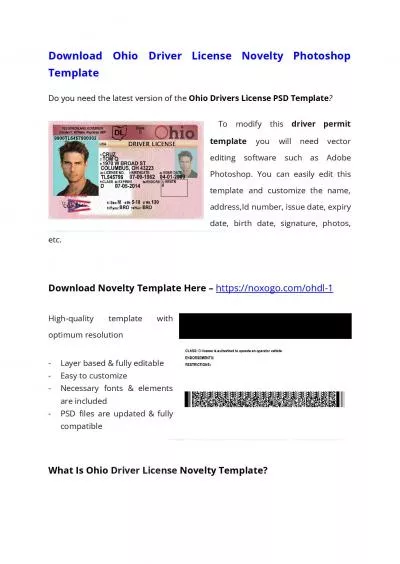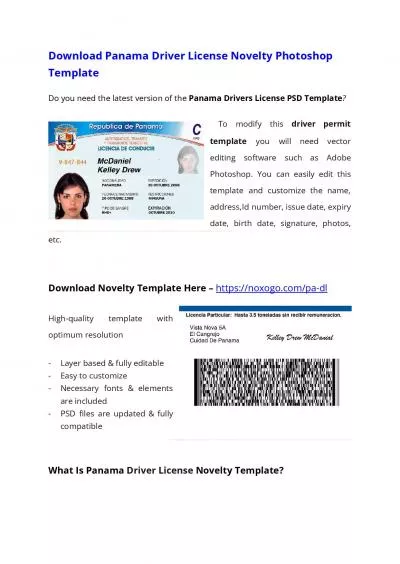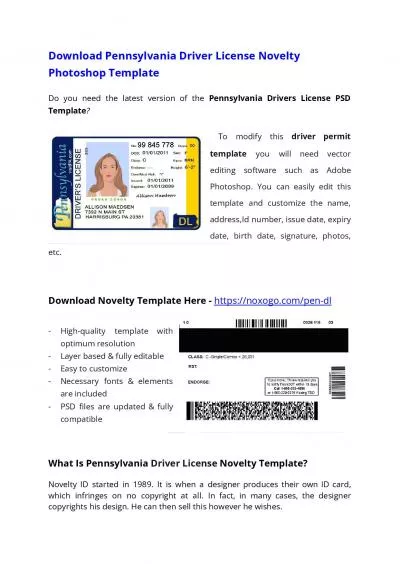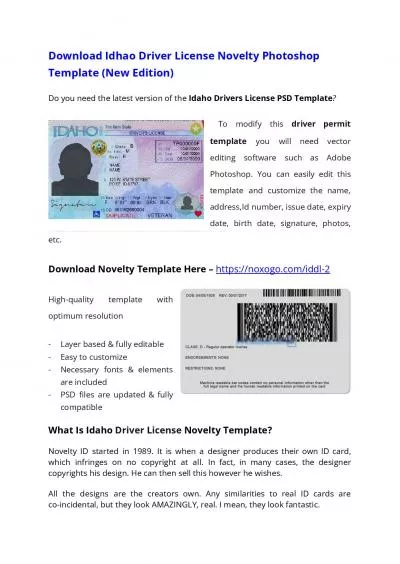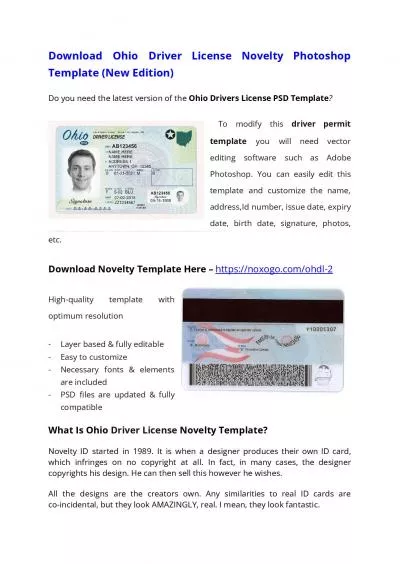PPT-Key Aspects of IP License Agreements
Author : jane-oiler | Published Date : 2015-10-01
Donald M Cameron Revised by Noel Courage for U of T Law March 2015 Agenda IP Rights Skeleton of a License Agreement License Grant amp Consideration Licensor
Presentation Embed Code
Download Presentation
Download Presentation The PPT/PDF document "Key Aspects of IP License Agreements" is the property of its rightful owner. Permission is granted to download and print the materials on this website for personal, non-commercial use only, and to display it on your personal computer provided you do not modify the materials and that you retain all copyright notices contained in the materials. By downloading content from our website, you accept the terms of this agreement.
Key Aspects of IP License Agreements: Transcript
Download Rules Of Document
"Key Aspects of IP License Agreements"The content belongs to its owner. You may download and print it for personal use, without modification, and keep all copyright notices. By downloading, you agree to these terms.
Related Documents

